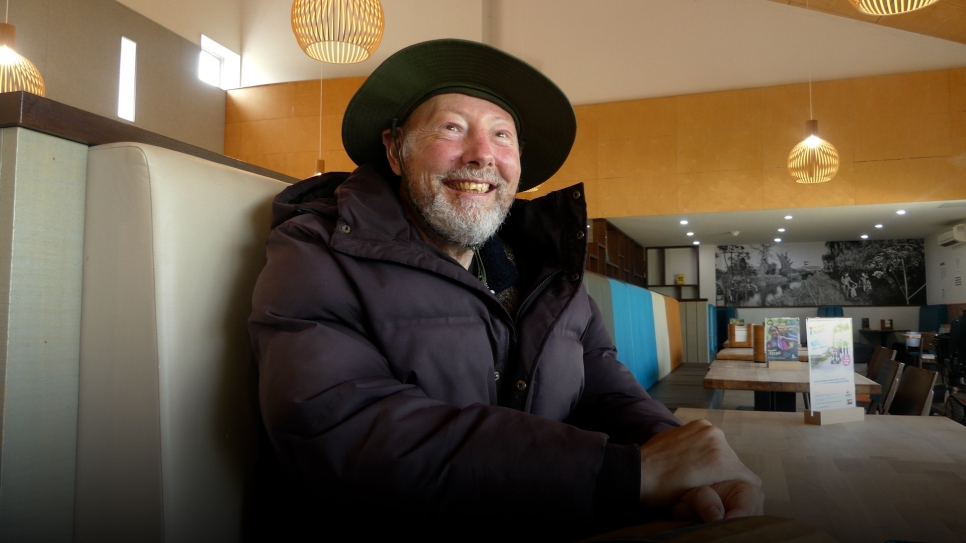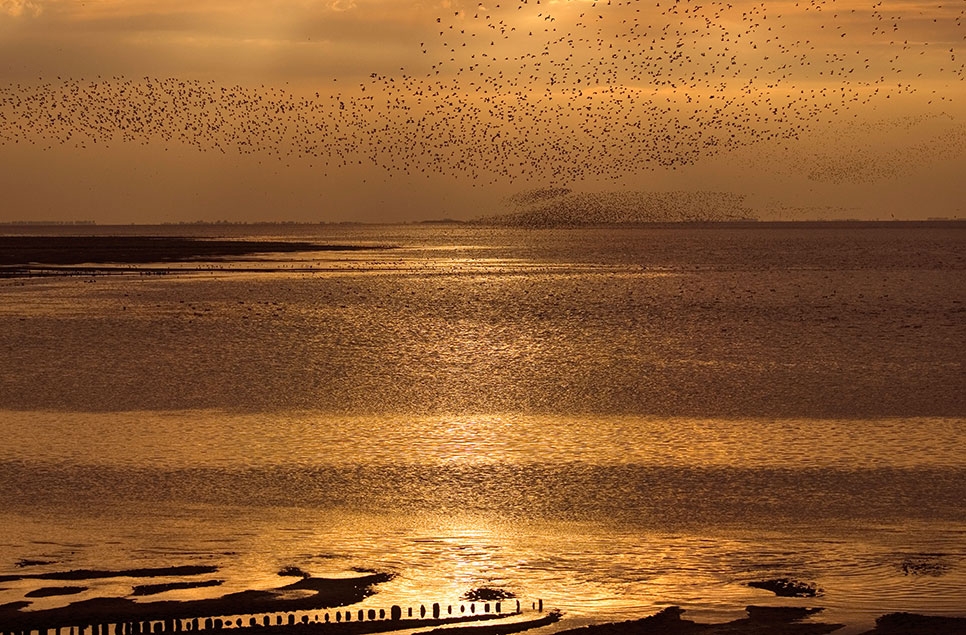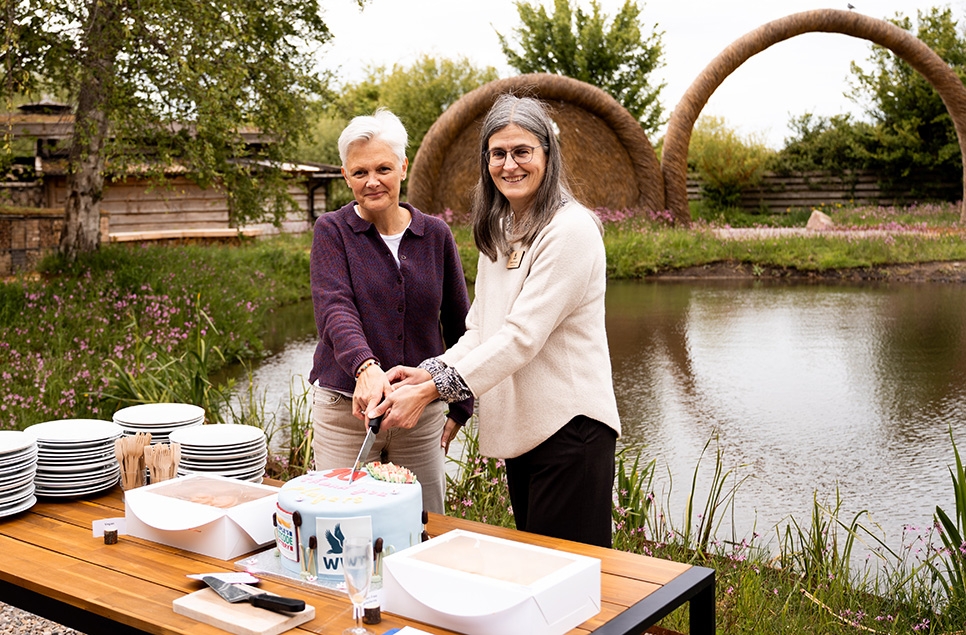Using a 'Fitbit' to unearth the secrets of Greenland white fronted geese

Greenland white fronted geese are masters of the long distance. Each year they make a 3000km trip to Scotland where they shelter for the winter before returning to Greenland to breed. But fewer and fewer geese are arriving on our shores and in the last 20 years their population has plunged by nearly half. Shockingly, numbers have declined from 35,000 in 1999 to 18,900 in 2016.
Why are Greenland white fronted geese populations declining?
One theory is that a warmer Greenland spring brings late precipitation which falls as snow, covering the ground and preventing the birds from breeding. But one thing is sure, scientists have their work cut out finding the answers.
Greenland white fronted geese are famously flighty birds, acutely aware of what is around them and suspicious of anything that appears different. In the breeding season, the birds are thinly scattered across a trackless wilderness in one of the remotest corners of the globe. This means it’s a tough gig for researchers tasked with unlocking the mystery of this threatened bird species.
A third of Britain and Ireland’s Greenland white fronted geese overwinter on the isle of Islay, in Scotland. With the support of various partners, researchers there have designed a harmless plastic collar that houses a tiny clever box that weighs less than a hundredth of the bird’s weight.
How does the bird tracker monitor the geese?
This extraordinary device, powered by a solar panel, contains a GPS receiver and internal aerial which can pinpoint the bird’s exact location. However, what makes this gadget genius, is the addition of an accelerometer – an avian Fitbit of sorts - that is fine tuned to the bird’s movements.
The accelerometer can record how many steps a goose has taken, whether it’s grazing the surface of land or digging down deeper. It shows when a goose is alert, with its head held high and how long a female’s incubation lasts. Researchers have even been able to spot when a goose is resting during a migration flight by swimming due to measuring the bobbing movements of its head.
Significantly, this technology allows scientists to work out what the geese are doing in the breeding season without actually going there and floundering about in a vast wilderness. With more information about the bird’s behaviour up for grabs, the closer we edge to discovering why we’re losing them at such an alarming rate.
By using this cunning device to study their movements, we may just work out how to save the Greenland white fronted geese yet.
Find out more about WWT's projects to save declining species



